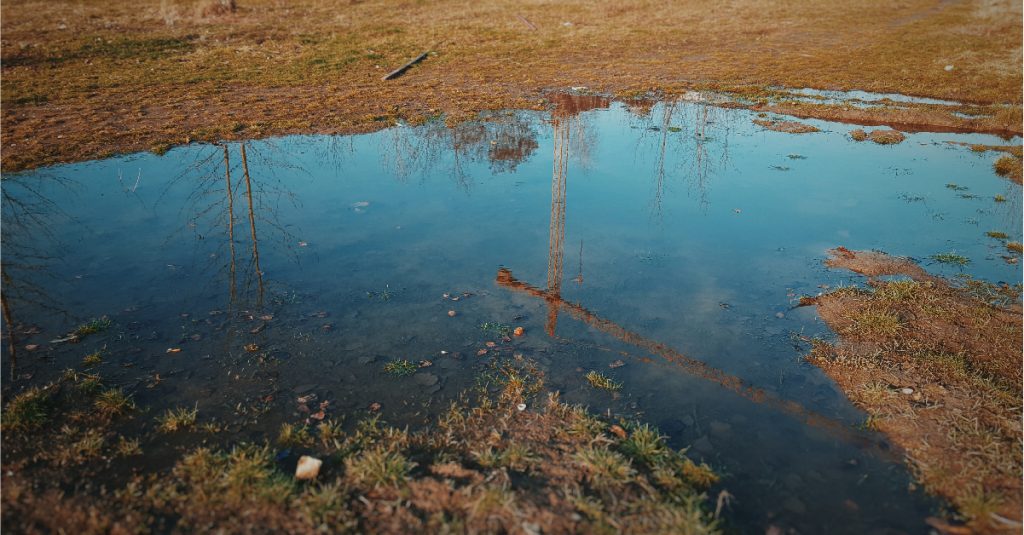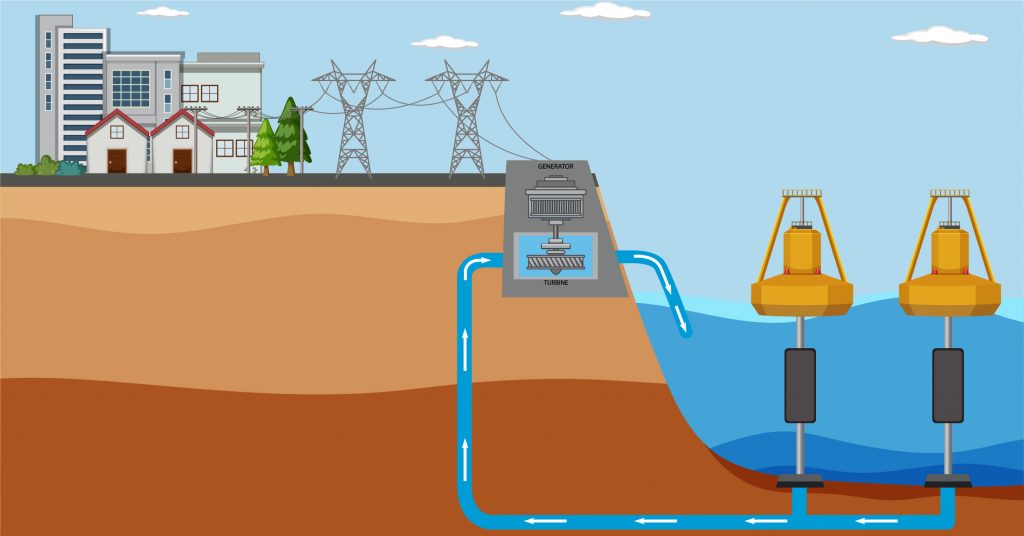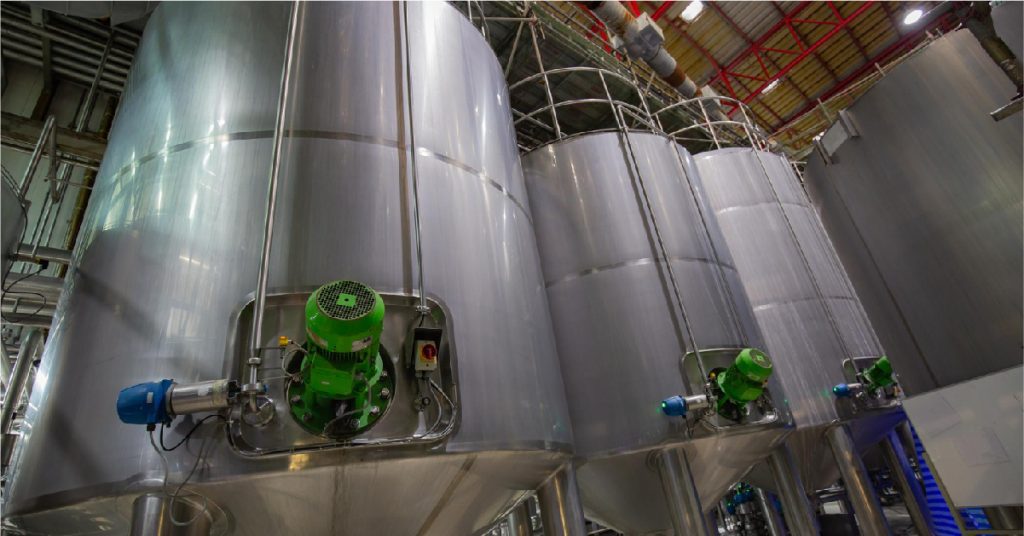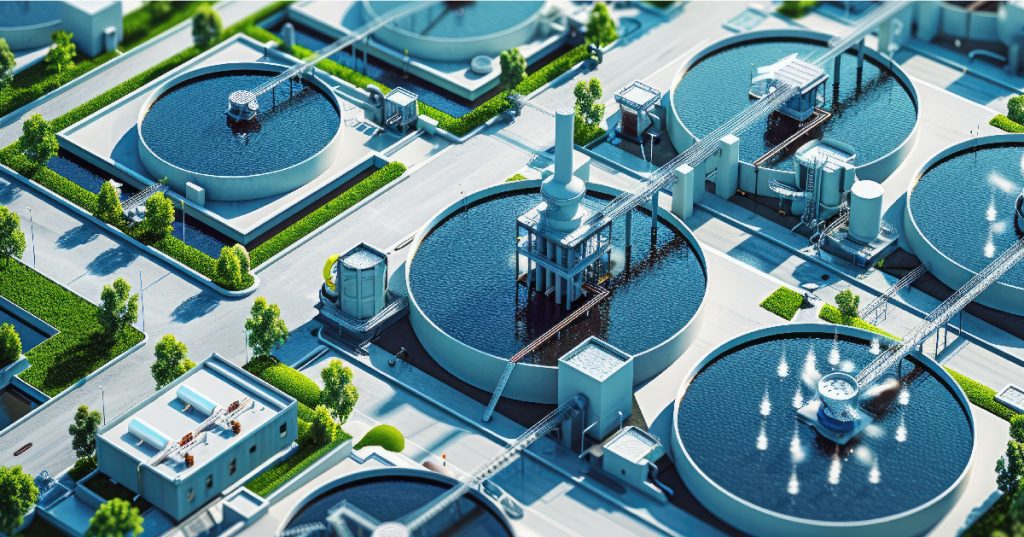In many parts of India, stagnant water has become a common sight, whether it’s water collected in potholes after rains, neglected construction sites, clogged drains, or overflowing garbage dumps. While it may appear harmless at first glance, stagnant water poses a significant threat to both environmental and public health. It is often overlooked as a minor nuisance, but in reality, it contributes to widespread problems, including disease outbreaks, groundwater pollution, and ecological imbalance.
So, what is stagnant water exactly, and why is stagnant water harmful for India’s environment and people? This blog examines the causes, consequences, and potential solutions to address this persistent issue.
Table of Contents
ToggleWhat Is Stagnant Water?
Stagnant water refers to water that is not flowing or circulating. It can be found in natural settings like ponds or wetlands, but when it occurs in artificial or unintended places—such as drainage channels, roadside ditches, or uncovered tanks—it becomes a problem. In cities and rural areas alike, stagnant water is often the result of poor drainage systems, improper waste disposal, and unregulated urban development.
Unlike fresh, flowing water, stagnant water lacks oxygen and becomes a breeding ground for harmful bacteria, parasites, and disease-carrying insects like mosquitoes. This is why stagnant water is harmful not only to the environment but also to human health.
Why Is Stagnant Water Harmful?
- Breeding Ground for Mosquitoes
One of the most common and dangerous effects of stagnant water is its role as a breeding ground for mosquitoes. Stagnant water supports the life cycle of species like Aedes aegypti, which carry dengue, chikungunya, and Zika virus. In India, especially during the monsoon season, water accumulation on rooftops, flower pots, old tires, and construction sites leads to a surge in vector-borne diseases. - Source of Waterborne Diseases
Stagnant water can contain a high load of pathogens, including bacteria like E. coli and Salmonella. When people come in contact with or consume contaminated water, it can result in waterborne diseases like typhoid, cholera, and dysentery. In rural parts of India, where clean water access is limited, stagnant water mixing with sources of drinking water worsens the situation. - Pollutes Soil and Groundwater
Over time, stagnant water seeps into the soil, carrying with it contaminants such as plastics, chemicals, and organic waste. This pollution can degrade soil quality, harm vegetation, and leach harmful substances into the groundwater table. Since millions in India rely on groundwater for daily use, the long-term effects are deeply concerning. - Chokes Urban Drainage and Infrastructure
In urban areas, stagnant water is often caused by clogged drains and poor sewage systems. The water collects in low-lying areas, flooding streets and damaging infrastructure. It also accelerates the degradation of roads and buildings due to constant moisture and microbial activity. - Destroys Aquatic Life and Biodiversity
In natural ecosystems, stagnant water with high pollutant levels and low oxygen can be deadly for aquatic life. Fish and other aquatic organisms cannot survive in such conditions, leading to biodiversity loss. The toxic build-up can also affect animals that rely on these water bodies for drinking or feeding.
Causes of Stagnant Water in India
Understanding what leads to stagnant water helps address the issue more effectively. In India, the most common causes include:
- Poor urban planning and drainage infrastructure
- Unchecked construction activities leave pits and open tanks.
- Overflowing garbage that blocks water flow
- Inadequate rainwater harvesting systems
- Neglect of existing water bodies like lakes and ponds
- Improper wastewater management in industries and households
Each of these factors plays a role in turning a potentially usable resource into an environmental hazard. Moreover, climate change has made the situation worse with more erratic rainfall, causing flash floods that result in stagnant water across cities and villages.
How to Address the Problem?
- Public Awareness and Education
Educating communities on what stagnant water is and why stagnant water is harmful is the first step. Simple actions like cleaning water storage containers, avoiding littering, and reporting clogged drains can go a long way. - Improved Waste and Water Management
Municipal bodies must invest in modern waste disposal and stormwater drainage systems. Regular cleaning and maintenance can prevent blockages that lead to water stagnation. - Eco-Friendly Urban Planning
Cities should integrate green infrastructure like bioswales, rain gardens, and permeable pavements that promote water absorption and reduce runoff. - Monitoring and Early Response Systems
Setting up systems to monitor water accumulation during monsoon and taking swift actions to drain or treat stagnant water can prevent outbreaks and infrastructural damage.
Ion Exchange’s Vital Role in Combating Water Pollution
Ion Exchange, a leader in water treatment solutions, has been instrumental in combating water pollution globally. By providing advanced water treatment technologies and systems, Ion Exchange helps to improve water quality and reduce the prevalence of diseases caused by water pollution. Their solutions include innovative water purification systems that remove contaminants from drinking water, making it safe for consumption.
INDION Lampak, developed by Ion Exchange, is a compact, modular unit designed to meet the drinking water needs of communities and industrial applications. It integrates a pump, static mixer, flocculator, lamella clarifier, gravity sand filter, and chemical dosing systems to produce disinfected water with less than 5 mg/l TSS from feed water containing up to 500 mg/l TSS. INDION Lampak is easy to operate, requires minimal maintenance, and can be powered by a diesel generator or renewable energy, making it ideal for areas without electricity. Its lightweight, corrosion-resistant materials and space-efficient design ensure easy transport, operation, and maintenance.
It effectively removes dissolved iron from feed water, which is commonly present as ferrous bicarbonate in groundwater. This advanced filter uses a catalytic oxidation process, eliminating the need for chemicals and ensuring that the treated water contains less than 0.3 ppm of iron. Designed for convenience, the NGIRF features a corrosion-resistant construction with a Fiber Reinforced Plastic (FRP) pressure vessel and PVC pipes. It is pre-assembled, tested, and equipped with user-friendly valves, making it a reliable and easy-to-operate solution for treating water with high iron content.
INDION Water Potability Test Kit
The INDION Water Potability Test Kit is a comprehensive tool designed to measure the eight crucial chemical parameters of drinking water as specified by the Bureau of Indian Standards. This user-friendly kit provides accurate and quick results for pH, total hardness, alkalinity, chloride, fluoride, chlorine, iron, and nitrate. Ideal for use by semiskilled individuals, it offers an affordable solution for ensuring safe drinking water.
Decentralized sewage treatment solutions, like the INDION, Packaged Sewage Treatment Plants, are designed as compact, single-tank units that generate low sludge volumes and require minimal electricity, making them highly cost-effective. These systems are available in capacities ranging from 10 to 100 m³/d, and for larger needs, advanced options using Fluidized Media Reactor (FMR), Moving Bed Biofilm Reactor (MBBR), and Membrane Bio-Reactor (MBR) processes are offered to handle higher flow rates efficiently.
Conclusion
In a country as diverse and densely populated as India, the issue of stagnant water cannot be ignored. It is a silent contributor to some of the most pressing challenges we face—from public health crises to environmental degradation. Understanding what stagnant water is, recognizing why stagnant water is harmful, and taking collective action are essential.
By addressing the root causes and investing in proper solutions, India can make significant progress toward cleaner, healthier, and more resilient communities. It’s not just about draining water; it’s about preserving life.





